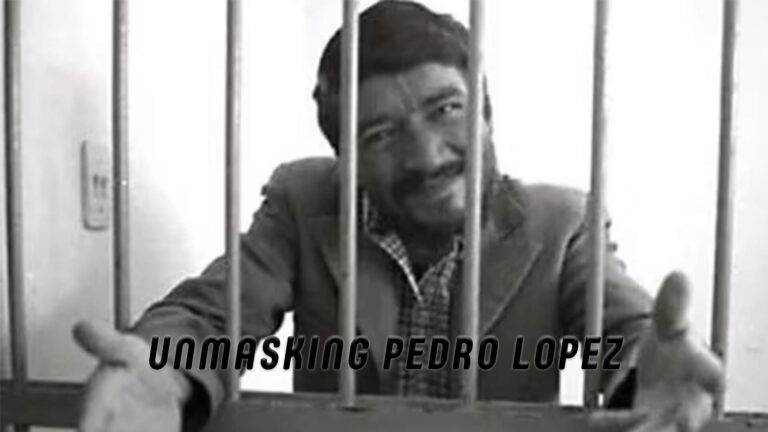Welcome to OJPS Private Investigations, where we unravel the most intriguing crime stories. I’m Makayla, and in this blog post, we delve into a perplexing case: the release of convicted serial killer Pedro Lopez and why it was a decision that still raises questions today. For top-notch private investigation services in Oklahoma, remember to reach out to Keefe at (405) 435-8355.
The Case Overview
Colombia, Ecuador, and Peru, known for their peace and beauty, were the states where Pedro Lopez committed over 300 murders, targeting tribal women, preteens, and young girls. His case is a grim reminder of the dangers posed by individuals like him and the importance of judicial prudence.
Background of Pedro Lopez
Pedro Lopez, known as “The Monster of the Andes,” was born on October 8, 1948, in Tolima, Colombia. Growing up in a challenging environment, he faced neglect and abuse, factors that contributed to his sociopathic tendencies and later, his violent crimes.
Execution of Conviction
Lopez’s reign of terror seemingly ended in 1980 with his arrest. However, despite his confessions, convicting him for all his crimes was challenging due to the lack of forensic technology and international legal coordination. Ultimately, he was convicted for only a fraction of his crimes and sentenced to 16 years in prison.
Pedro Lopez’s Release
The release of Pedro Lopez in 1994 after serving 14 years due to ‘good behavior’ sparked international outrage. It raised critical questions about the effectiveness of the justice system in dealing with serial killers and balancing rehabilitation with public safety.
The Reincarceration of Pedro Lopez
In 2002, Lopez was arrested again in Colombia for attempting to abduct a young girl, leading to his reincarceration. Later declared mentally unstable, he was committed to a psychiatric hospital but was eventually released, and his current whereabouts are unknown.
A Murder Private Investigator’s View
As a murder private investigator, I have concluded that Lopez’s release was a mistake. His history of violence, lack of remorse, and high risk of reoffending made him a continuous threat to society. This case underscores the challenges faced by the criminal justice system in ensuring both rehabilitation for criminals and public safety.
Conclusion
This case exemplifies the difficulties in striking a balance in the criminal justice system. At Keefe Private Investigations, we advocate for thorough investigations and the proper administration of justice. For more insights or our services, visit us at www.privateinvestigatorokc.com or contact Makayla@ojpslegal.com. Remember to stay alert and reach out if there’s a story you want us to feature.


